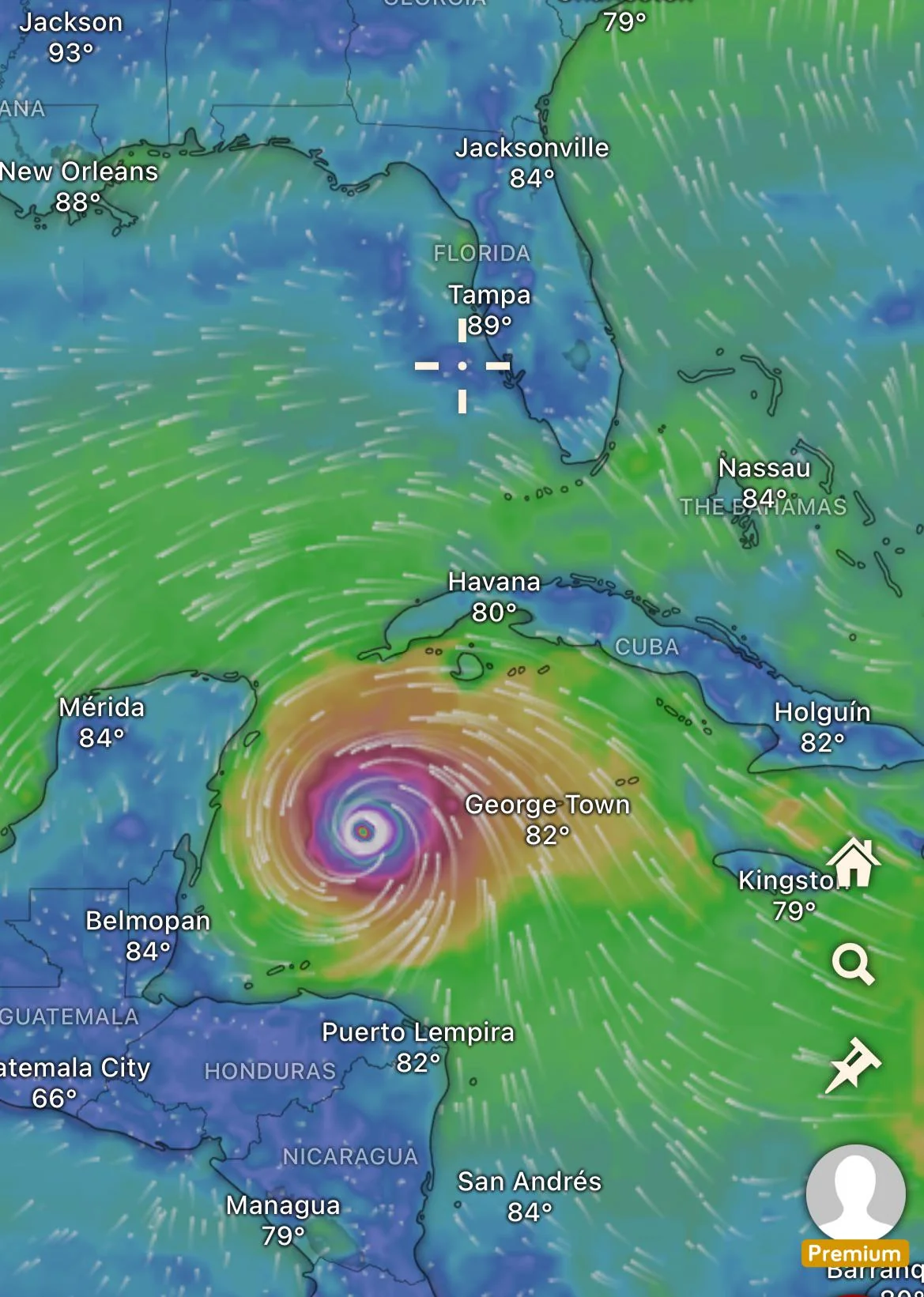The Life of a Traveling Kitesurfer: How to Make it Work
- Elena Dimitrova
- Mar 12
- 3 min read
Updated: Mar 20
Imagine waking up to the sound of waves, checking the wind forecast before your morning coffee, and chasing the best kite spots around the world. Sounds like a dream, right? Well, for many kitesurfers, it’s a reality. But making this lifestyle work takes planning, flexibility, and a bit of hustle. Whether you want to travel full-time or just take more kitesurfing trips, here’s how to turn your passion into a lifestyle.

1. Choose Your Kite Destinations Wisely 📍
Not all kite spots are created equal, and being a traveling kitesurfer means knowing when and where to go. Some key things to consider:
✔ Wind Seasonality – Research the best months for wind in each location.
✔ Budget – Some spots are budget-friendly (like Brazil or Sri Lanka), while others are more expensive (like the Maldives).
✔ Vibe – Do you prefer wild and remote destinations or social kite hubs?
Top spots to consider:
• 🌊 Cape Town, South Africa – Windy season, stunning views, and great kite community.
• 🏝️ Cumbuco, Brazil – Flatwater heaven with endless downwinders.
• 🌊 Tarifa, Spain – Europe’s wind capital with a buzzing kitesurf scene.
2. Find Ways to Fund Your Adventures 💰
Let’s be real - traveling and kitesurfing full-time isn’t free. But there are plenty of ways to make it work:
💻 Work Online – Freelancing, remote jobs, social media content creation, or running an online business.
🏄♂️ Become a Kite Instructor – Get your IKO certification and teach kiting worldwide.
📸 Create & Sell Content – Blog, vlog, or sell photography/videos to brands.
🛎️ Seasonal Work – Work at kite schools, hostels, or surf camps during peak season.
Pro Tip: Diversify your income! Having multiple revenue streams makes your lifestyle more sustainable.
3. Travel Like a Pro – Gear Hacks for Kitesurf Nomads 🎒
Packing for a kitesurfing trip isn’t just about throwing your gear in a bag - it’s about smart choices that make your life easier on the road. Here’s how to avoid the common pitfalls:
✔ Go Minimal – Bring only the kites you’ll actually use (2-3 max, covering different wind ranges).
✔ Ditch the Excess – Do you really need five rash guards? Keep it simple.
✔ Use Airline Perks – Some airlines treat kite bags as sports luggage—check policies before booking.
✔ Stay Organized – Compression bags and packing cubes will save you space (and sanity).
✔ Prepare for the Unexpected – A repair kit and extra lines can be lifesavers when you’re in the middle of nowhere.
Pro Tip: Invest in a lightweight travel bag with wheels - you’ll thank yourself when you’re dragging your gear through an airport at 3 AM.

4. Connect with the Kite Community 🌍
One of the best things about being a traveling kitesurfer is meeting like-minded people.
👋 Stay in kite hostels or surf camps.
📱 Join Facebook groups or WhatsApp chats for local kiters.
🌀 Attend kite events, downwinders, and competitions.
Kiteboarding is more than a sport - it’s a global family. The more people you meet, the easier it is to find new travel buddies, get insider tips, or even crash on a friend’s couch in a new spot.





















Comments